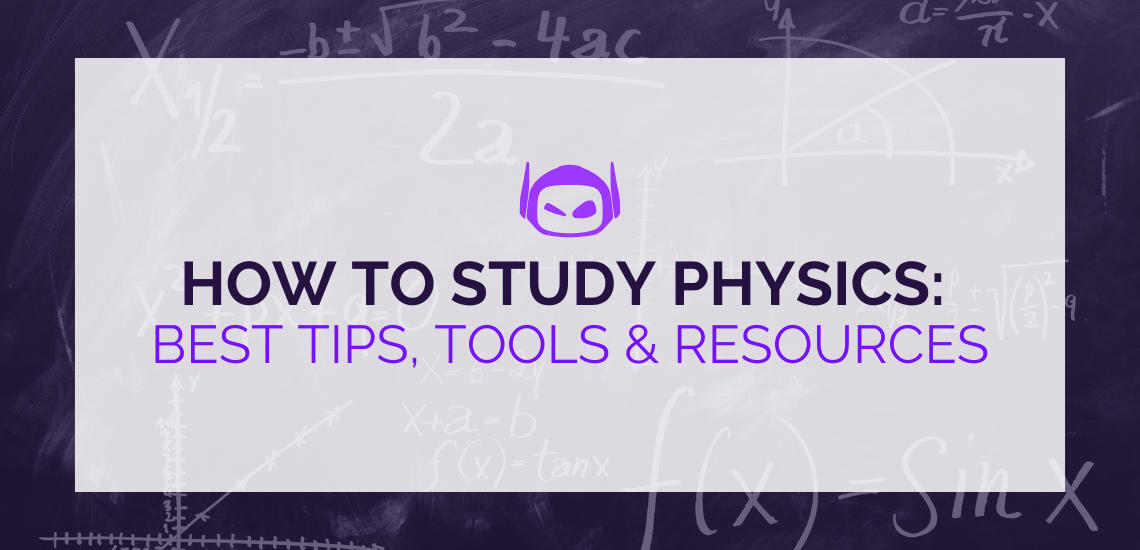
General Guide About Content and Writing
Learning physics helps you understand how the world works and...
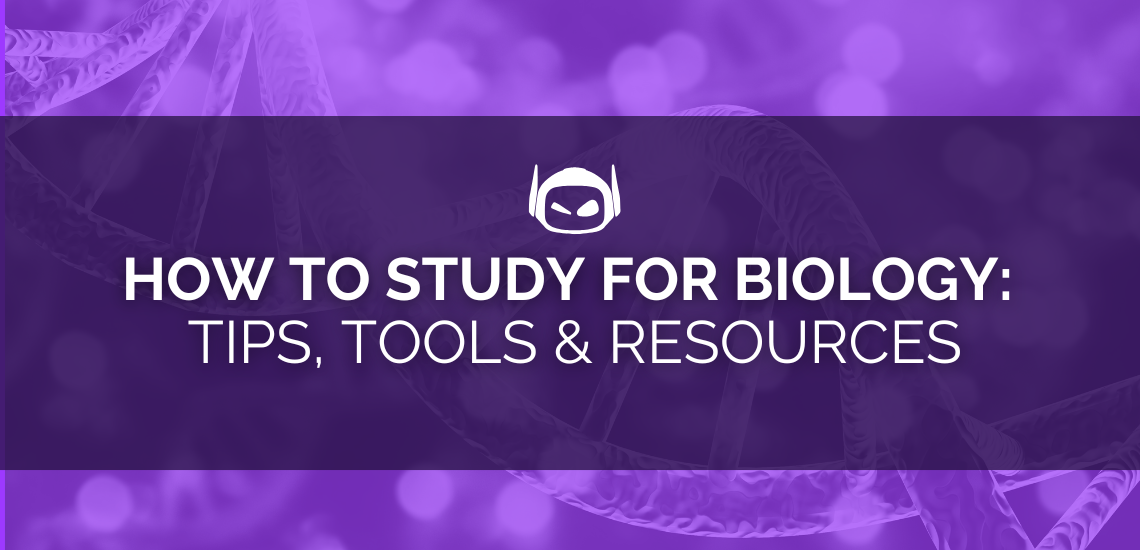
General Guide About Content and Writing
Figuring out how to study for biology can make learning...
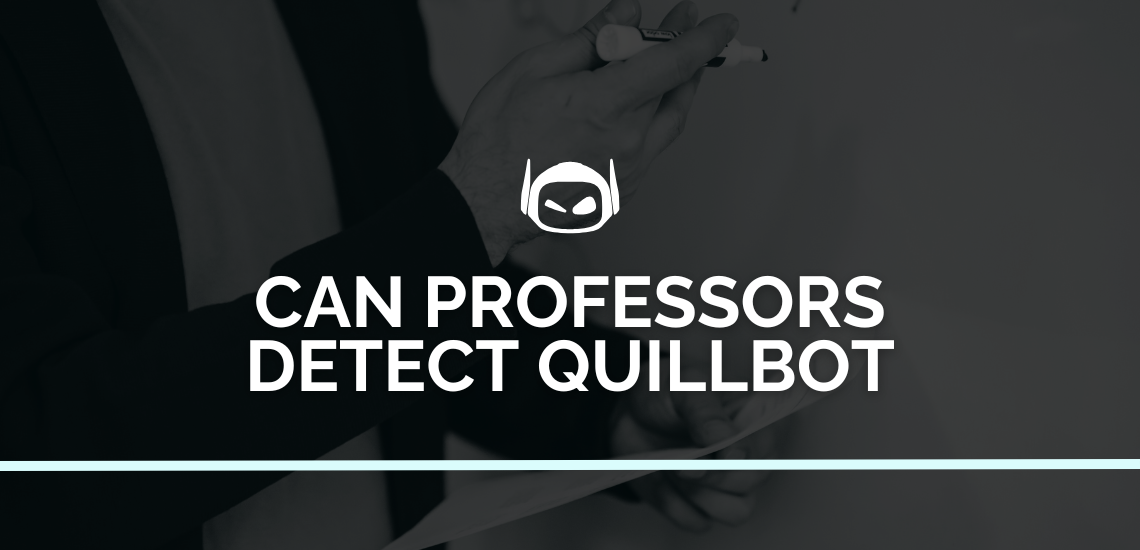
Using AI tools such as QuillBot can be beneficial for...
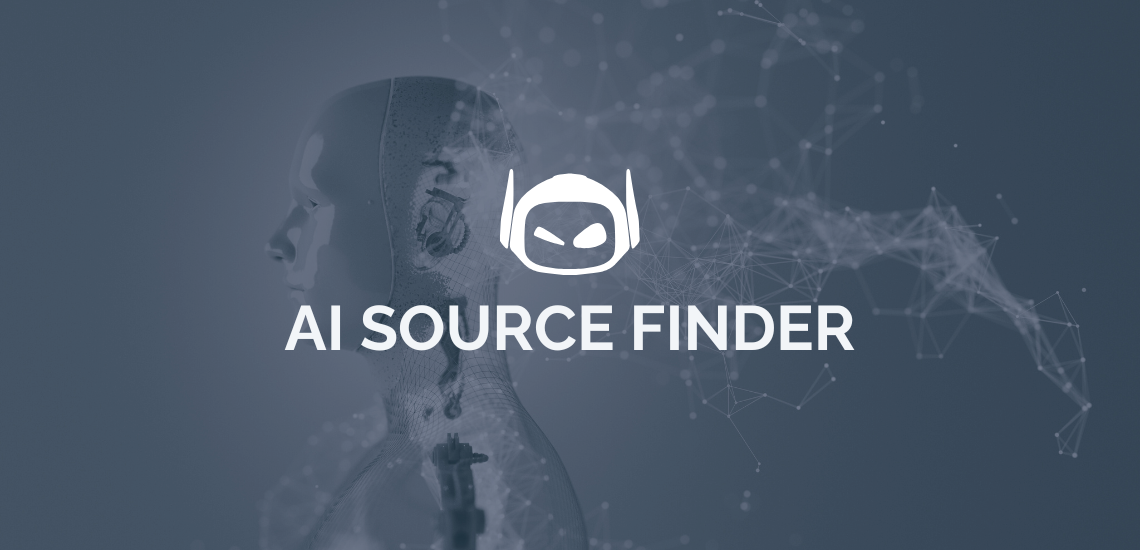
Looking for ways to simplify your research process? You’re in...
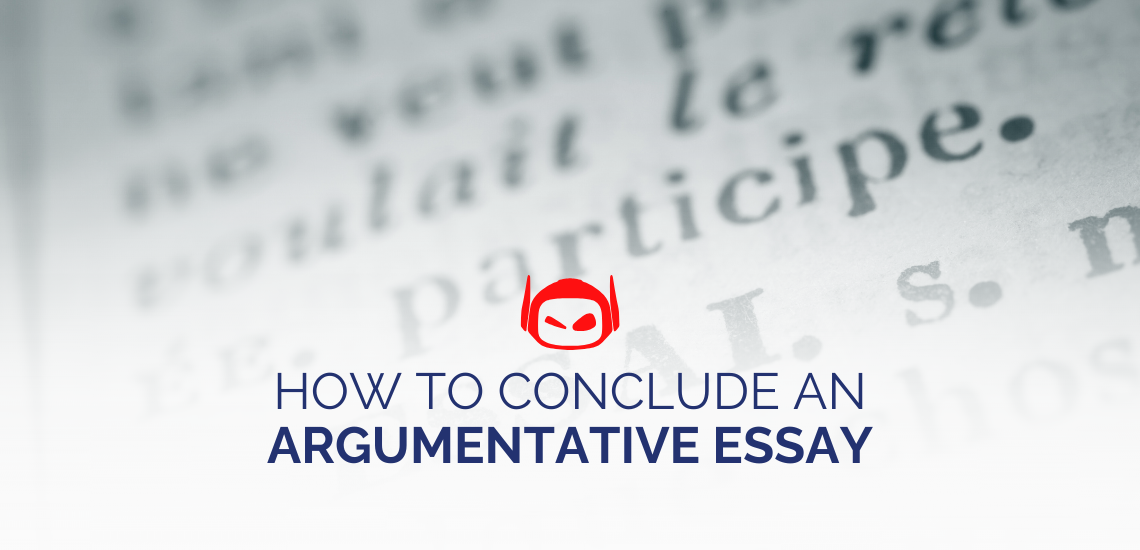
General Guide About Content and Writing
No matter how interesting an argumentative essay topic is, sometimes...

General Guide About Content and Writing
Rushed off your feet with tight deadlines? Looking for ways...

General Guide About Content and Writing
Generative AI models have evolved rapidly in the past few...
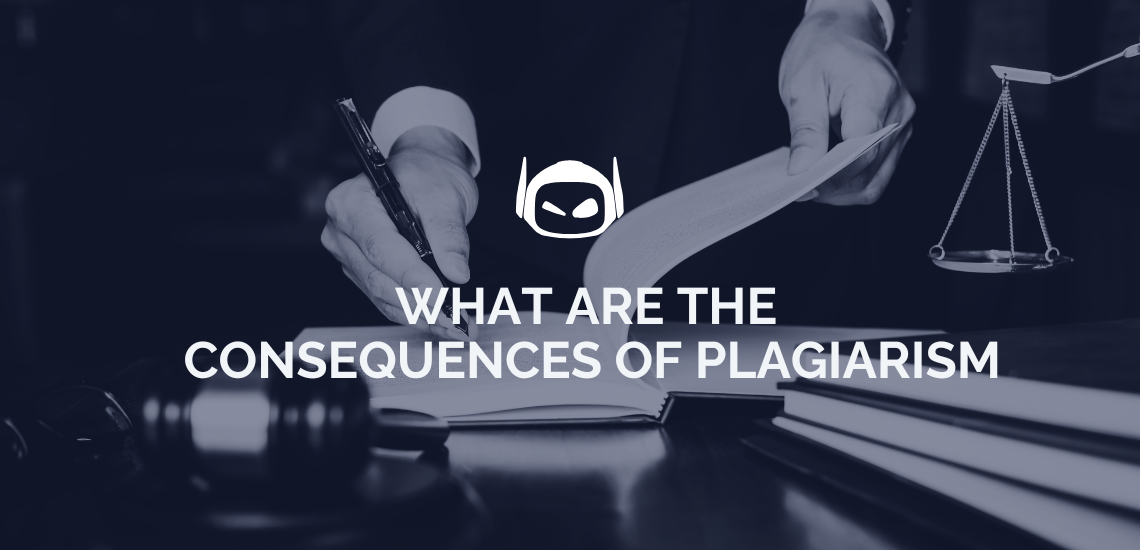
Plagiarism allegations often arise when someone accuses a second party...
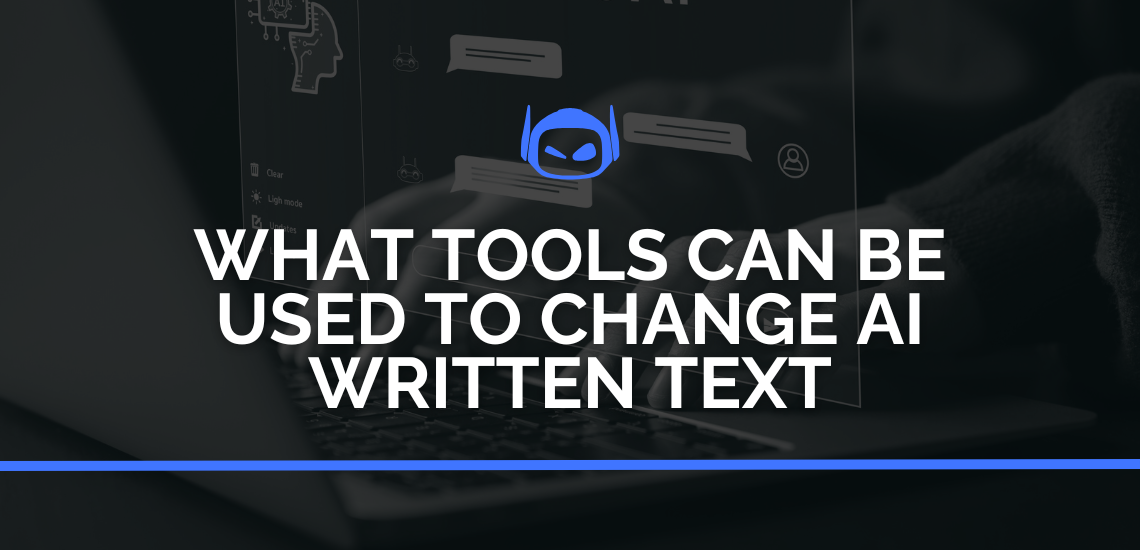
General Guide About Content and Writing
In some instances, your AI content generation tools may not...

The topic of SEO content and AI has appeared in...